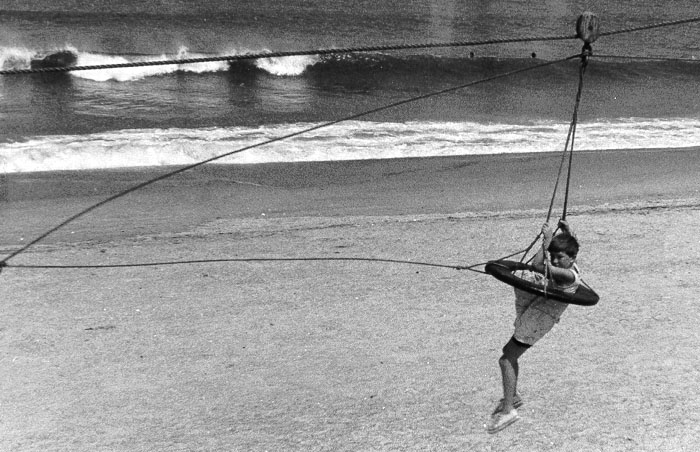|
HMS Agincourt (D86)
HMS ''Agincourt'' (D86) was a later or 1943 fleet destroyer of the Royal Navy. She was named in honour of the Battle of Agincourt, fought in 1415 during the Hundred Years' War. ''Agincourt'' was built by R. & W. Hawthorn, Leslie & Company Limited on the River Tyne. She was launched on 29 January 1945 and commissioned on 25 June 1947. Service She joined the 4th Destroyer Flotilla, part of the Home Fleet based in the UK. On 23 June 1948, ''Agincourt'' collided with the naval Motor Fishing Vessel ''MFV 1161'', breaking off a length of deck plating from the destroyer. In 1951, ''Agincourt'' became Captain (D), meaning she was the leader of the flotilla. On 14 July 1951, ''Agincourt'' was in collision with sister ship . A length of planking was torn off from ''Agincourt''s port side, while ''Cadiz''s starboard anchor was damaged. In 1953 ''Agincourt'' took part in the Fleet Review to celebrate the Coronation of Queen Elizabeth II. In December 1954, ''Agincourt'', along with t ... [...More Info...] [...Related Items...] OR: [Wikipedia] [Google] [Baidu] |
Battle Of Agincourt
The Battle of Agincourt ( ; french: Azincourt ) was an English victory in the Hundred Years' War. It took place on 25 October 1415 (Saint Crispin's Day) near Azincourt, in northern France. The unexpected English victory against the numerically superior French army boosted English morale and prestige, crippled France, and started a new period of English dominance in the war that would last for 14 years until France defeated England in the Siege of Orléans in 1429. After several decades of relative peace, the English had resumed the war in 1415 amid the failure of negotiations with the French. In the ensuing campaign, many soldiers died from disease, and the English numbers dwindled; they tried to withdraw to English-held Calais but found their path blocked by a considerably larger French army. Despite the numerical disadvantage, the battle ended in an overwhelming victory for the English. King Henry V of England led his troops into battle and participated in hand-to-hand ... [...More Info...] [...Related Items...] OR: [Wikipedia] [Google] [Baidu] |
Fleet Review
A fleet review or naval review is an event where a gathering of ships from a particular navy is paraded and reviewed by an incumbent head of state and/or other official civilian and military dignitaries. A number of national navies continue to hold fleet reviews. Fleet reviews may also include participants and warships from multiple navies. Commonwealth realms Fleet reviews in the Commonwealth realms are typically observed by the reigning monarch or their representative, a practice allegedly dating back to the 15th century. Such an event is not held at regular intervals and originally only occurred when the fleet was mobilised for war or for a show of strength to discourage potential enemies, or during periods of commemorations. Since the 19th century, they have often been held for the coronation or for special royal jubilees and increasingly included delegates from other national navies. Traditionally, a fleet review will have participating ships dressed in flags and pennants ... [...More Info...] [...Related Items...] OR: [Wikipedia] [Google] [Baidu] |
Navy News
''Navy News'' is the official newspaper of the British Royal Navy, produced by a small team of editorial and support staff and published by the Ministry of Defence on a monthly basis. The content of the newspaper is varied, ranging from information for all serving personnel of whatever rank or specialisation to Sea Cadets and former shipmates. Members of the public with an interest in the Royal Navy, Royal Marines and the Fleet Air Arm also have access to the newspaper. The newspaper is distributed free to serving personnel (ratio 1:5), and is available to members of the public through subscription or through a newsagent. Up to 35,000 copies are printed each month. ''Navy News'' includes sections on news; special features; sport; book reviews; association news; people; charity work; Fleet Focus (where the ships are deployed); 2-6 (for serving personnel); letters and the very popular noticeboard (on which readers can search for old shipmates, notify deaths and reunions or ask a qu ... [...More Info...] [...Related Items...] OR: [Wikipedia] [Google] [Baidu] |
Breeches Buoy
A breeches buoy is a rope-based rescue device used to extract people from wrecked vessels, or to transfer people from one place to another in situations of danger. The device resembles a round emergency personal flotation device with a leg harness attached. It is similar to a zip line. The breeches buoy may be deployed from shore to ship, ship to ship, or ship to shore using a Manby mortar, rocket, kite system, or a Lyle gun, and allowed evacuations of one person at a time. A line is attached to the ship, and the person being rescued is pulled to shore in the breeches buoy. History An early rescue using the equipment took place in 1866. The correspondent of the Scotsman, wrote :— Described as the first use of the apparatus, a re-enactment took place 150 years later. Eventually the Manby mortar was replaced by rockets to shoot lines to ships in distress. In 1967 a documentary on the inventor George Manby was made. Locations included Denver, Downham Market and Great Y ... [...More Info...] [...Related Items...] OR: [Wikipedia] [Google] [Baidu] |
